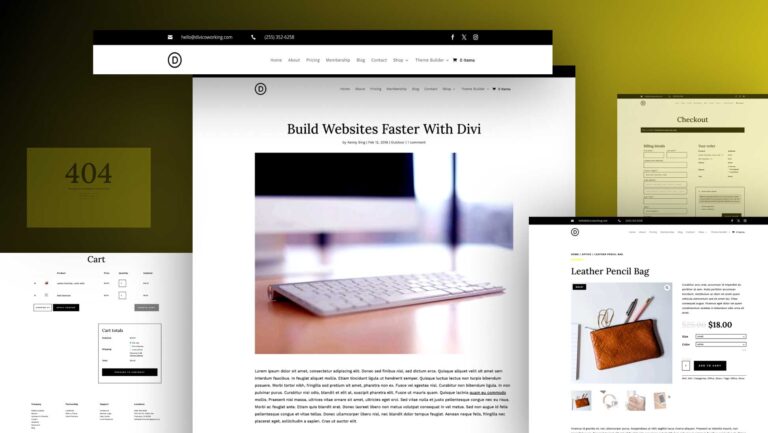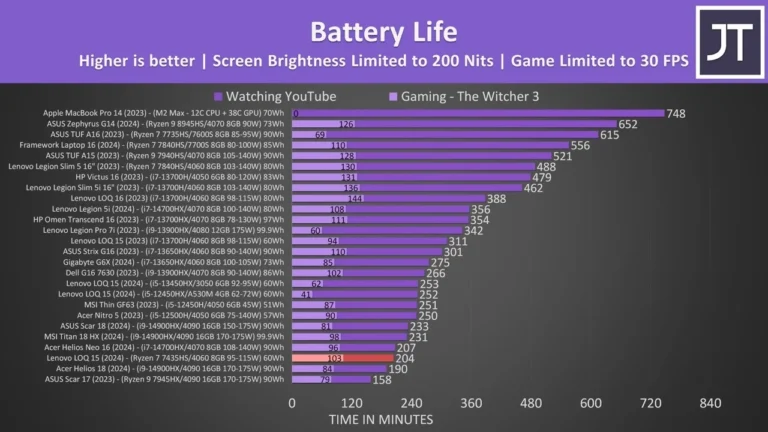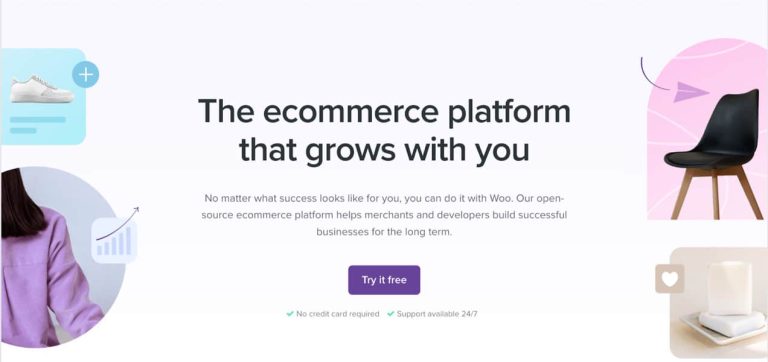Web designers who work with WordPress have always had a range of options available to them when it comes to building websites. However, the emergence of block themes has brought a new level of disruption to the industry. These themes differ from classic themes in that they rely less on PHP and utilize JSON to define styles and options.
While block themes do offer advantages such as writing fewer lines of code and utilizing pre-built layout and functionality features, not all block themes are ideal for web designers. Flexibility and easy customization are key factors that professionals look for in a theme.
One essential feature of a WordPress block theme is a minimalist approach to design. Ready-made themes can be opinionated and require significant customization to match a designer’s vision. A minimalist theme like Blockbase provides a blank canvas for customization while still offering enough options to please designers.
Another important feature is a selection of style variations. Block themes should make web design easier, and style variations allow for quick changes in color and typography schemes. This saves time and effort for designers who would otherwise have to build these variations from scratch.
Block template parts are reusable sections of a theme that can be used to power smaller areas within a template. A block theme that includes a set of template parts allows designers to add common elements with minimal effort, freeing up time to focus on project details.
Custom block patterns are another valuable feature for niche sites. These patterns are reusable content layouts that can be added to any page or post. WordPress offers a block pattern directory, but theme authors can also include custom patterns that better reflect the theme’s design and niche.
Regardless of the type of theme used, web designers have the same needs: flexibility, an unopinionated foundation, and simple options to achieve project goals. It’s important to remember these qualities as the industry moves into the era of block themes.






